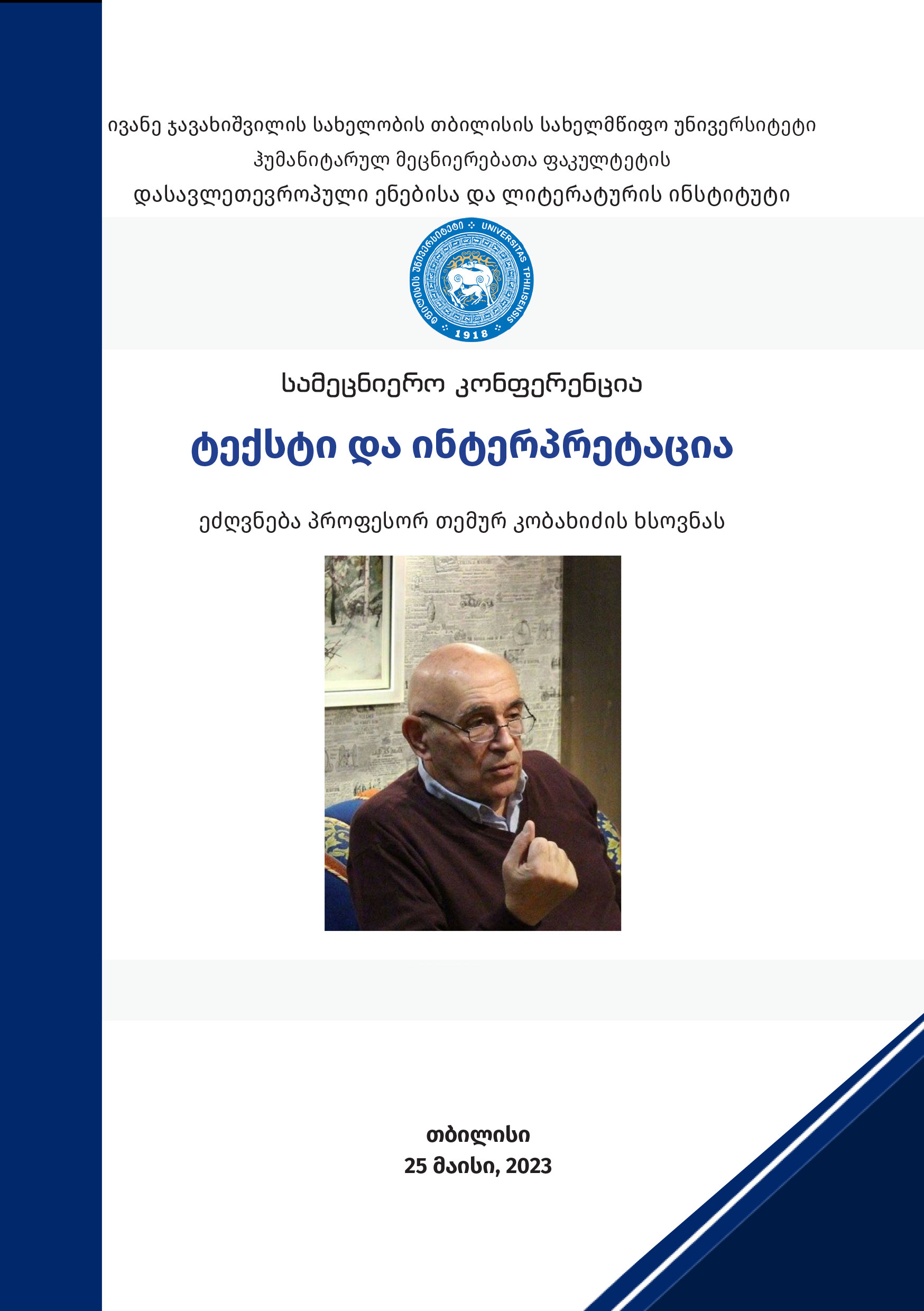“Choosing Plotinus for a Friend” – Poetic Image of Water and Influence of Neoplatonism on W. B. Yeats’s Poetry
DOI:
https://doi.org/10.55804/jtsu-2960-9461-2023-11Keywords:
Yeats, Plotinus, Neoplatonism, Reflection, Mirror, ByzantiumAbstract
The article discusses the formation of the poetic image of water in W. B. Yeats’s late poems under the influence of Neoplatonism and, namely, works of Plotinus and Porphyry. Yeats’s interest in Neoplatonism and the works of pre-Socratic philosophers stemmed from his admiration for Shelley and William Blake as well as his lifelong interest in perennialism and occultism. Yeats had read fragments of Plotinus and Porphyry in Thomas Taylor’s translation when he began to work with E. J. Ellis on the first collection of William Blake (1893). However, it was not until late 1920s that Yeats’s poetry began to reflect a profound influence of classical philosophy when, as one of Yeats’s critics notes (Mann et al., 2012), his invisible instructors lifted a long and crippling embargo on philosophy and knowledge. This embargo was conditioned, on the one hand, by a negative attitude to academic knowledge and science that Yeats inherited from Blake and, on the other, by Yeats’s somewhat naïve belief that complete blindness and ignorance is necessary for perceiving greater truths. This view, much to Yeats’s relief, was soon shattered as the poet announced his friendship with Plato and Plotinus in The Tower .
When discussing the influence of Neoplatonism on Yeats, however, it is important to consider that this friendship does not mean Yeats’s faithful adherence to either Plato or Plotinus. Although the poet continued to misquote and misunderstand everything he read in his own way, the study of classical thinkers lent greater depth, complexity and even sophistication to his works, as demonstrated by the development of the poetic image of water, along with a myriad of its variations, which, arbitrarily fall into two groups: 1) water as the Neoplatonic One - goodness overflowing out of the eternal and infinite and then declining or emanating into lower shapes, the most complex of Plato’s solids disintegrating itself into numerous relatively primitive forms (Yeats’s fountain and the overflow of excess, which also encompasses fountains of Shelley and Milton among others); and 2) water as the generator of images – a plane, a pool, a substance inhabited by potential forms, prima materia, which _ when subjected to an outer force, demiurgos, energy, or lapis philosophorum _ generates images. Yeats, albeit assured of the actual existence of dry and moist spirits described by Porphyry, combines the Neoplatonist understanding of water as a generating substance with a plane, objective, primary, while the force applied to it becomes antithetical _ time, which is movement and spatialisation (a concept borrowed from Giovani Gentile); this second understanding of water is related to the images of reflection (related to Plato’s theory of ideas as interpreted by Yeats), mirror, and crystal (or prism) introduced in many of Yeats’s poems. The article will discuss several examples of such varied images of water as well as the influence of reflection and mirror on Yeats’s poetic method.

Downloads
Published
Versions
- 2024-08-08 (3)
- 2024-08-08 (2)
